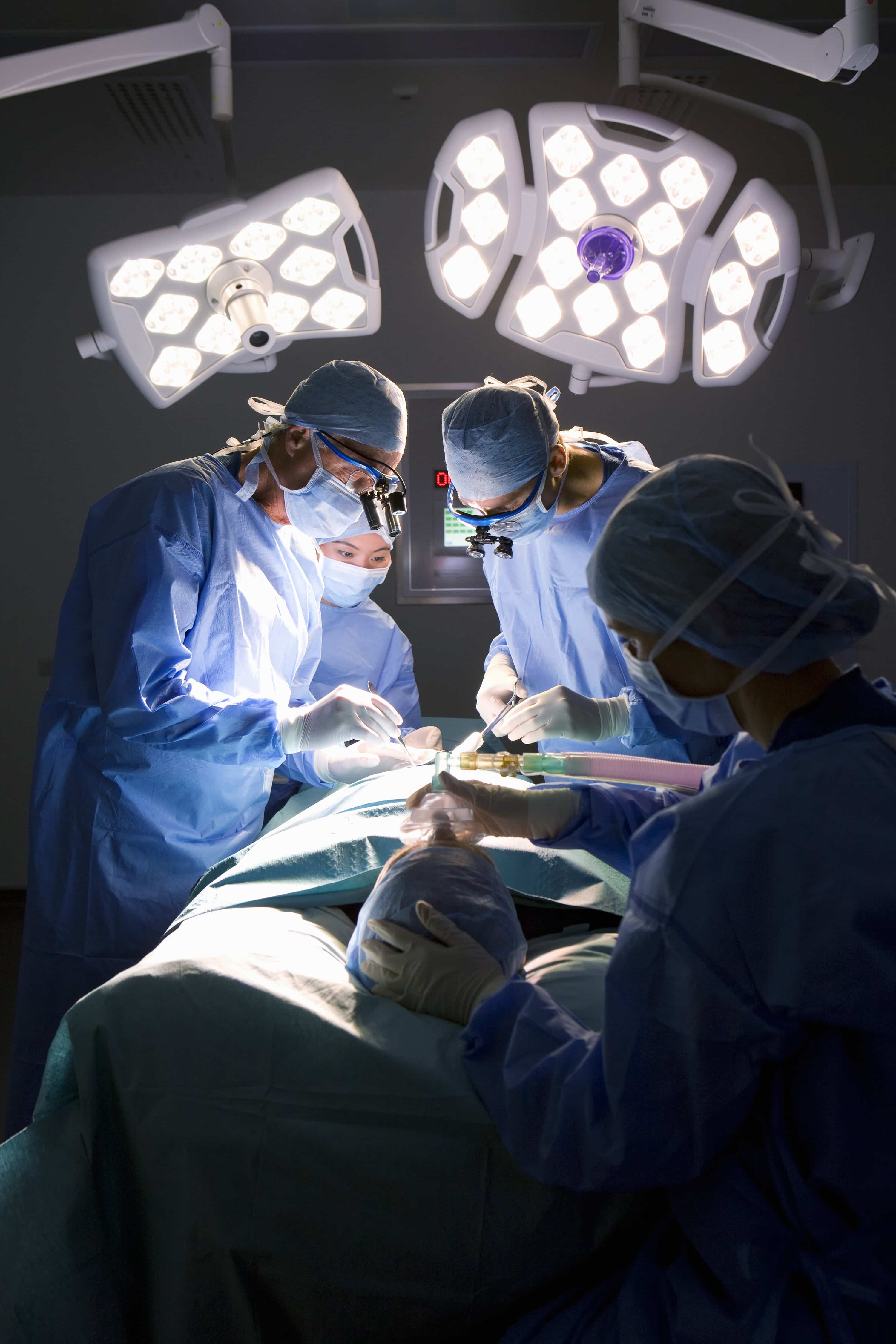
Residency is a critical step in one’s medical education journey. After attending medical school, participating in required clerkships and sub-clerkships, and completing an internship year, recent medical school graduates go on to become junior residents. The residency experience is one part clinical education, one part job experience. Residency is designed to not only prepare residents for their eventual specialty, but also to expose them to the rigors of the profession. All anesthesiologists must attend a three-year residency program, which includes clinical experience as a trainee, as well as educational programming such as grand rounds and clinical conferences.[1] After successfully completing their residency programs and obtaining the proper certifications and state-specific licenses, many aspiring anesthesiologists will complete a sub-specialty fellowship. Sub-specialty fellowships allow residents to become experts in a certain sub-field within anesthesiology, such as critical care medicine or pediatric anesthesia. Each stage of residency training serves as a kind of trial period for the lifestyle of an anesthesiologist, which often requires long shifts, overnight and weekend calls, unpredictable hours, and any additional stressors associated with the surgical profession. In recent years, shift work policies have emerged as a topic of discussion in anesthesiology, as well as in the broader conversation in research. From residency to practice, shift work is now being closely examined as a necessary area for reform.
Historically, physician educators in anesthesiology, as well as many other disciplines, have insisted that residents work long hours to adequately prepare themselves for the life of a practicing physician. On average, the length of residency shifts in the United States has decreased incrementally over time. Before the 1980s, it was common for physicians to work 90-100 hour weeks, with shifts as long as 36 hours.[2] The Bell Commission was established in response to cases of tragic patient outcomes that could have been attributed to resident physician sleep deprivation. The Commission sought to limit resident shifts to 80 hours per week in a four-week period, to restrict individual shifts to 24 consecutive hours, and to implement mandatory off-shifts.[3] The Bell Commission was adopted by prominent hospitals in the New York area before it was taken up by other states in the U.S. Despite these changes, the debate continued over the benefits of instituting 16-hour vs. 24-hour individual shift limits.
In an attempt to shed some light on the matter, a Harvard research study led by sleep expert and physician Dr. Charles Czeisler examined how reducing residency shift times to 16 hours effects quality of sleep and attentional failures.[4] Sleep times were monitored for interns and residents participating in the study, taking into account sleep interruptions due to clinical responsibility requests. The research team found a direct correlation between increased shift hours and frequency of attentional failures. These results provided the impetus to focus policy discussions and changes around shift regulations. The work was furthered by results from a recent study conducted by Johns Hopkins University and the University of Pennsylvania, which reported a strong relationship between reduced shift time and resident reporting on quality of life and training outcomes.[5] Notably, the study found no significant difference in board examination results between the experimental and standard cohort. This finding suggests that the clinical education obtained by shift-limited residents is of the same quality as residents working standard, non-limited hours. Future research will explore innovative methods of building schedules aimed at enhancing work-life balance for residents that also maximize educational training, clinical training, and certification exam scores.
Anesthesiologists that graduate from residency and a possible fellowship may find themselves in a variety of settings: from academic medicine, to outpatient clinics, to private practice. It is clear that shift work policies will continue to be debated in all medical settings, By becoming vocal stakeholders in the conversation surrounding the issue of shift work, anesthesiologists can ensure that their important insights are taken into account.
References:
[1] The American Board of Anesthesiology. Training/Residents. 2016. http://www.theaba.org/TRAINING-PROGRAMS/Resident-Options/ACCM-Fellowships
[2] Patient Safety Primer. Duty Hours and Patient Safety. Aug 2018. The Agency for Healthcare Research and Quality. https://psnet.ahrq.gov/primers/primer/19/Duty-Hours-and-Patient-Safety
[3] Wallack MK, Chao L. Resident Work Hours: The Evolution of a Revolution. Arch Surg. 2001;136(12):1426–1432. doi:10.1001/archsurg.136.12.1426
[4] Lockley SW et al. “Effect of reducing interns’ weekly work hours on sleep and attentional failures.” N Engl J Med. 2004 Oct 28;351(18):1829-37.
[5] Hedin M. Johns Hopkins University HUB. “Study: Limiting shifts for medical trainees improves satisfaction without affecting educational outcomes.” Mar 2018. https://hub.jhu.edu/2018/03/20/limiting-medical-residents-shifts/




